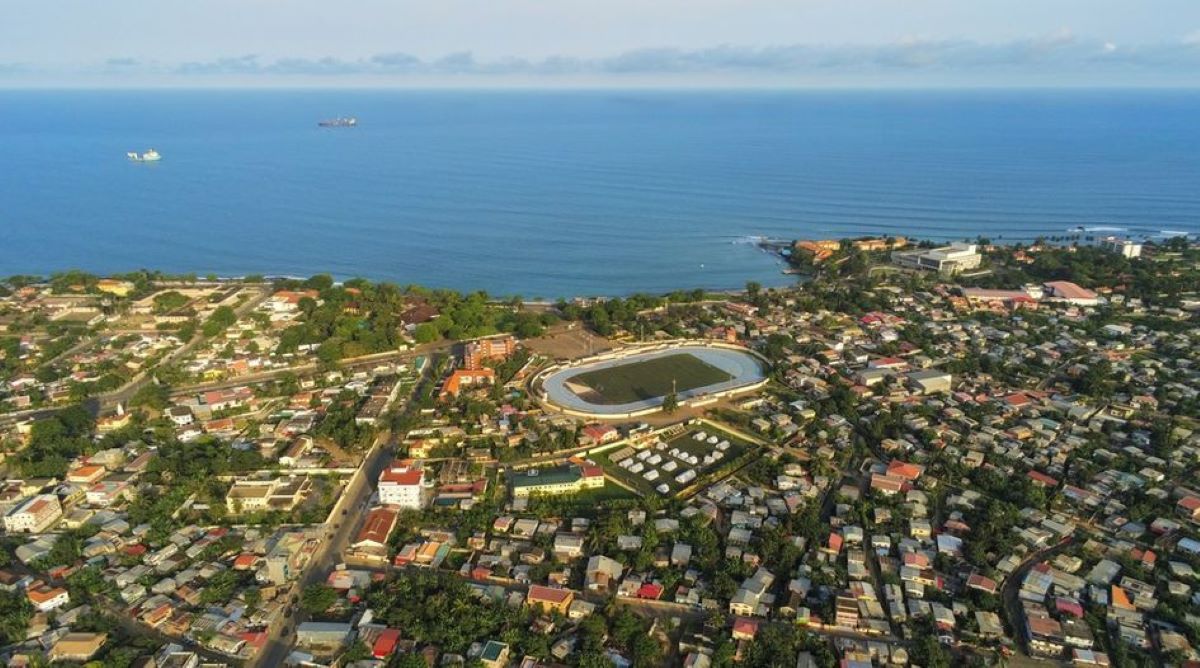São Tomé and Príncipe, often referred to as the “Emerald Islands,” is a small island nation located in the Gulf of Guinea, off the western coast of Central Africa. This hidden gem is known for its pristine beaches, lush rainforests, and rich biodiversity. With a history deeply intertwined with the colonial era, São Tomé and Príncipe offers visitors a unique blend of natural beauty and cultural heritage.
Table of Contents
Geography
São Tomé and Príncipe is the second smallest country in Africa, consisting of two main islands—São Tomé and Príncipe—along with several smaller islets. The islands are volcanic in origin, characterized by rugged mountains, dense rainforests, and stunning coastlines. São Tomé, the larger of the two islands, is home to Pico de São Tomé, the highest peak in the country, standing at 2,024 meters above sea level.
The islands are located near the equator, resulting in a tropical climate with high humidity and consistent temperatures throughout the year. The rainy season typically occurs from October to May, while the dry season runs from June to September. The rich volcanic soil and abundant rainfall contribute to the islands’ lush vegetation, making them a paradise for nature lovers.
States of São Tomé and Príncipe
São Tomé and Príncipe is divided into 2 provinces. Here’s a table listing the two provinces of São Tomé and Príncipe along with their respective districts:
| No. | Province | Districts |
|---|---|---|
| 1 | São Tomé | Água Grande, Cantagalo, Caué, Lembá, Lobata, Mé-Zóchi |
| 2 | Príncipe | Pagué |
History
The history of São Tomé and Príncipe is marked by its colonial past and the legacy of the transatlantic slave trade. The islands were uninhabited when Portuguese explorers discovered them in the late 15th century. São Tomé was discovered in 1471, and Príncipe followed in 1472. The Portuguese established sugar plantations on the islands, initially using enslaved Africans for labor. Over time, the islands became an important center for the production of sugar, cocoa, and coffee.
The islands’ strategic location made them a hub for the slave trade, with enslaved people being transported from mainland Africa to work on the plantations or sold to other colonies. The legacy of the slave trade is still evident in the islands’ culture and population, which is a mix of African, Portuguese, and Creole influences.
In the 19th century, cocoa and coffee became the dominant crops on the islands, with São Tomé and Príncipe becoming one of the world’s leading producers of cocoa. However, the harsh conditions on the plantations led to social unrest and resistance among the enslaved and free workers.
São Tomé and Príncipe gained independence from Portugal on July 12, 1975, following the Carnation Revolution in Portugal. The post-independence period was marked by political instability and economic challenges, but the country has made strides in recent years towards stability and development.
Top Ten Must-Visit Destinations
1. São Tomé City
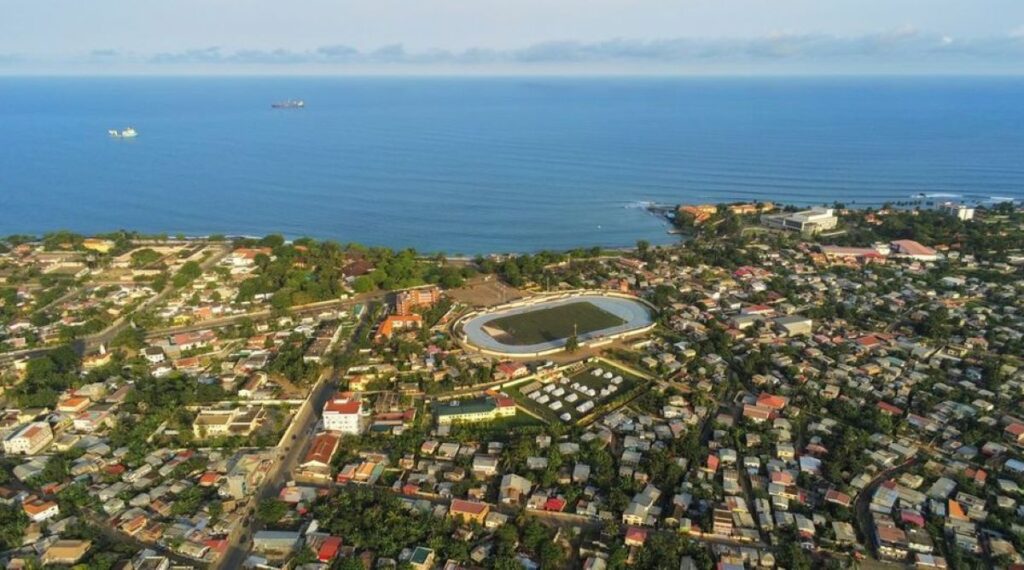
São Tomé City, the capital and largest city of São Tomé and Príncipe, is the cultural and economic heart of the country. The city offers a charming blend of colonial architecture, vibrant markets, and historic landmarks. The Presidential Palace, Fort São Sebastião (which houses the National Museum), and the São Tomé Cathedral are among the key attractions. Visitors can explore the bustling Mercado Central, where local produce, crafts, and souvenirs are sold.
2. Obo National Park

Obo National Park, located on the southern part of São Tomé Island, is a protected area that covers both land and marine environments. The park is a biodiversity hotspot, home to a variety of endemic plant and animal species. Hiking trails lead through dense rainforests, past waterfalls, and up to Pico de São Tomé. Birdwatchers will be thrilled by the chance to spot rare species such as the São Tomé grosbeak and the dwarf olive ibis.
3. Bom Bom Island Resort
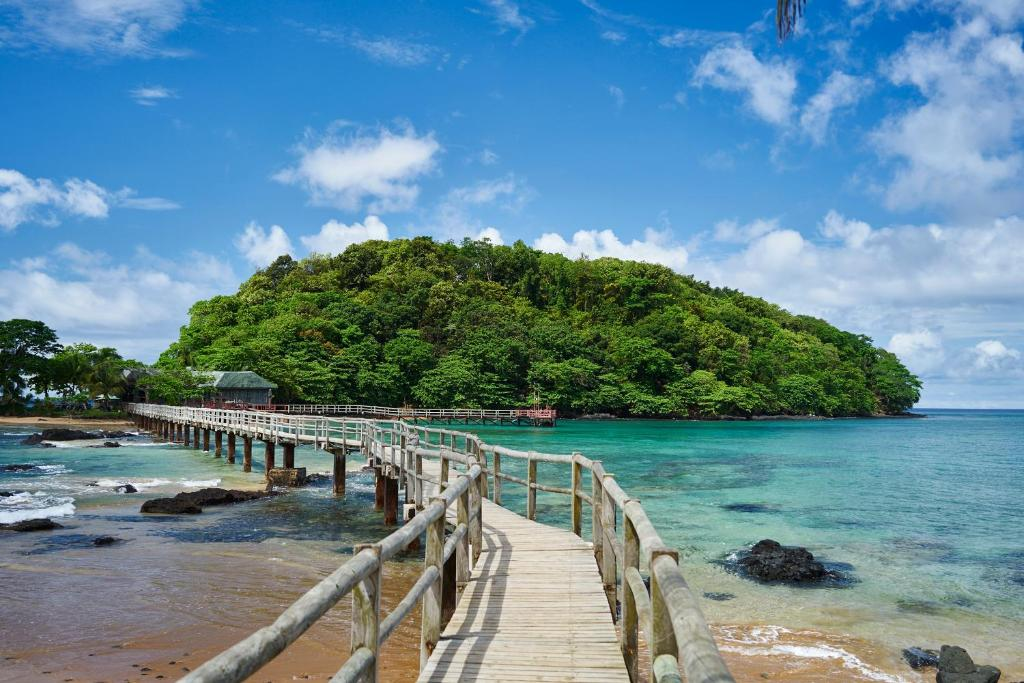
Bom Bom Island Resort, located on the northern tip of Príncipe Island, is a luxurious eco-resort that offers visitors a chance to unwind in a pristine natural setting. The resort is surrounded by lush forests and beautiful beaches, with opportunities for snorkeling, diving, and deep-sea fishing. The resort is committed to sustainability, and guests can learn about the island’s conservation efforts while enjoying the serene environment.
4. Rolas Island
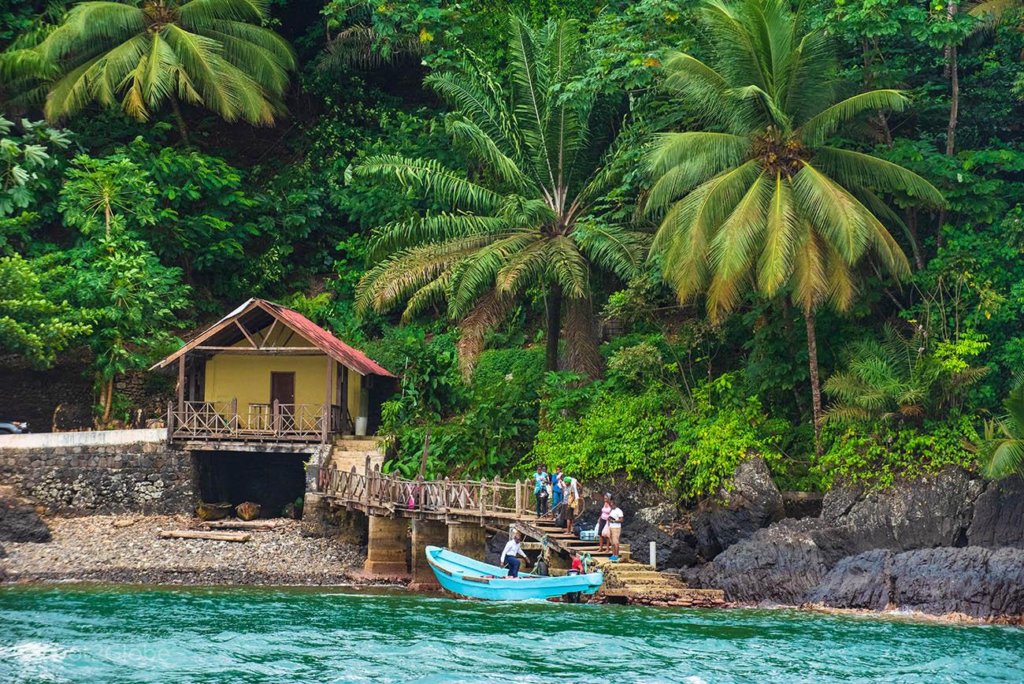
Rolas Island, situated just south of São Tomé, is a small island that is famous for being located on the equator. Visitors can stand on the equatorial line and explore the island’s idyllic beaches and lush landscapes. The island is also a popular spot for snorkeling and diving, with clear waters teeming with marine life. The Rolas Island Resort offers accommodations and guided tours of the island.
5. Roça Sundy
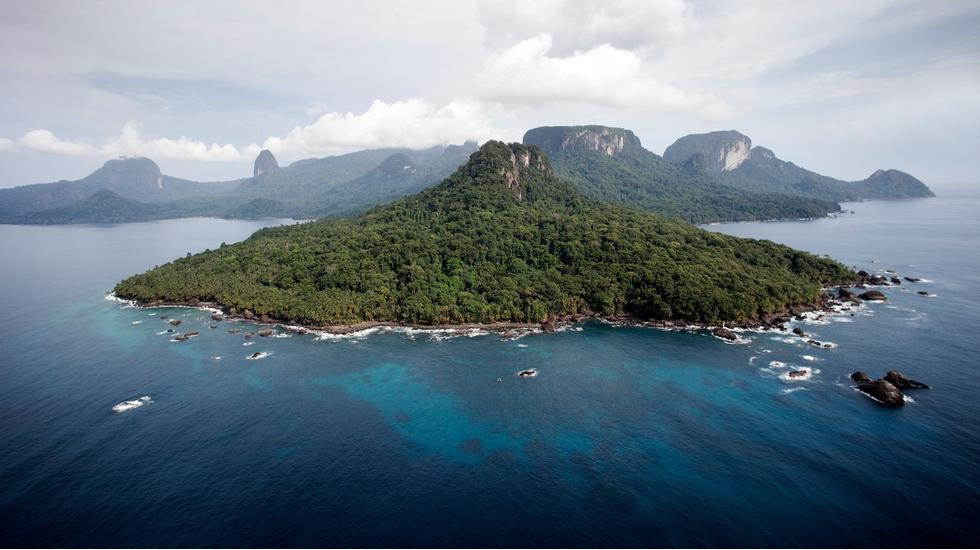
Roça Sundy, located on Príncipe Island, is a former plantation estate that has been transformed into a unique historical and cultural site. The estate offers a glimpse into the island’s colonial past, with well-preserved plantation buildings and machinery. Roça Sundy is also known for its connection to Albert Einstein’s theory of general relativity, as British astronomer Sir Arthur Eddington conducted an experiment here in 1919 to observe a solar eclipse that provided evidence for Einstein’s theory.
6. Lagoa Azul
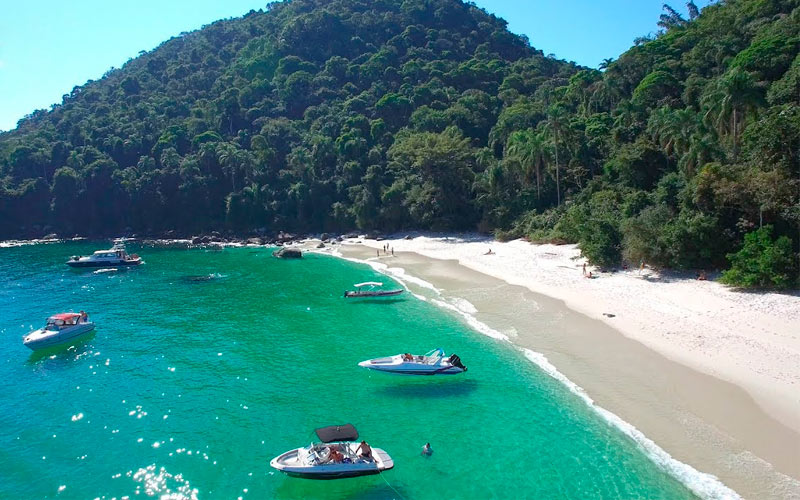
Lagoa Azul, or Blue Lagoon, is a stunning bay located on the northwest coast of São Tomé Island. The lagoon is known for its crystal-clear blue waters and vibrant coral reefs, making it a popular destination for snorkeling and swimming. The surrounding landscape is equally beautiful, with rocky cliffs and lush vegetation providing a dramatic backdrop. Lagoa Azul is a must-visit for those looking to experience the natural beauty of the islands.
7. Praia Banana
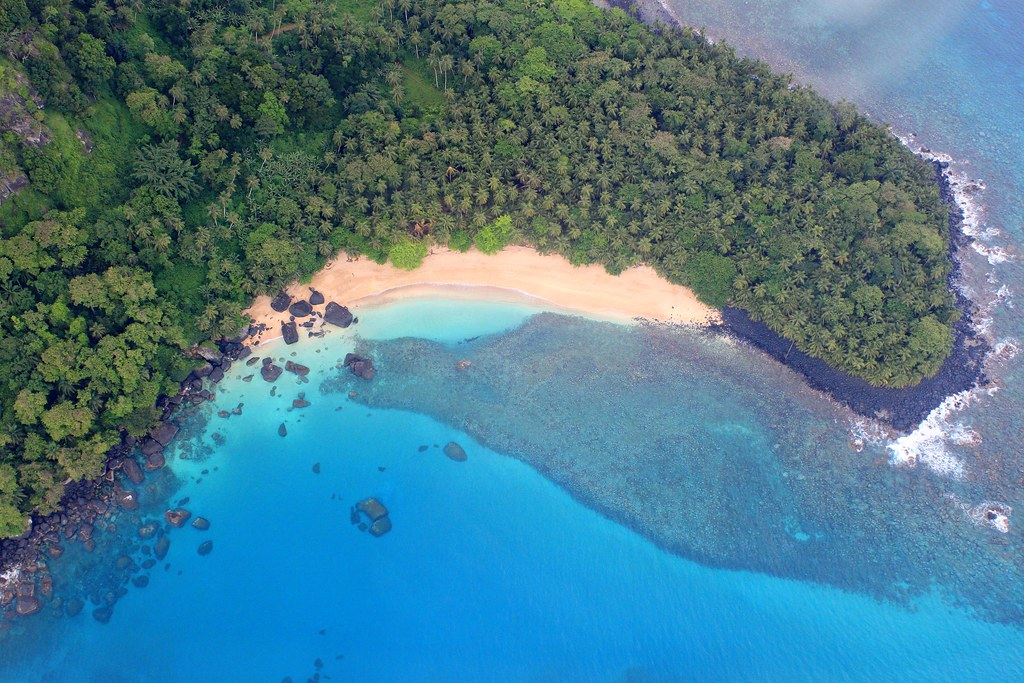
Praia Banana, located on Príncipe Island, is often regarded as one of the most beautiful beaches in São Tomé and Príncipe. The crescent-shaped beach is fringed with palm trees and offers soft golden sand and turquoise waters. The beach gained fame when it was featured in a popular Bacardi rum advertisement. Visitors can relax on the beach, swim in the warm waters, and take in the stunning scenery.
8. Roça Água Izé

Roça Água Izé is one of the largest and most significant former plantations on São Tomé Island. The plantation, which dates back to the 19th century, was once a major producer of cocoa. Today, visitors can explore the ruins of the plantation buildings, including the main house, processing facilities, and workers’ quarters. The site offers insight into the island’s colonial history and the legacy of the cocoa industry.
9. São João dos Angolares
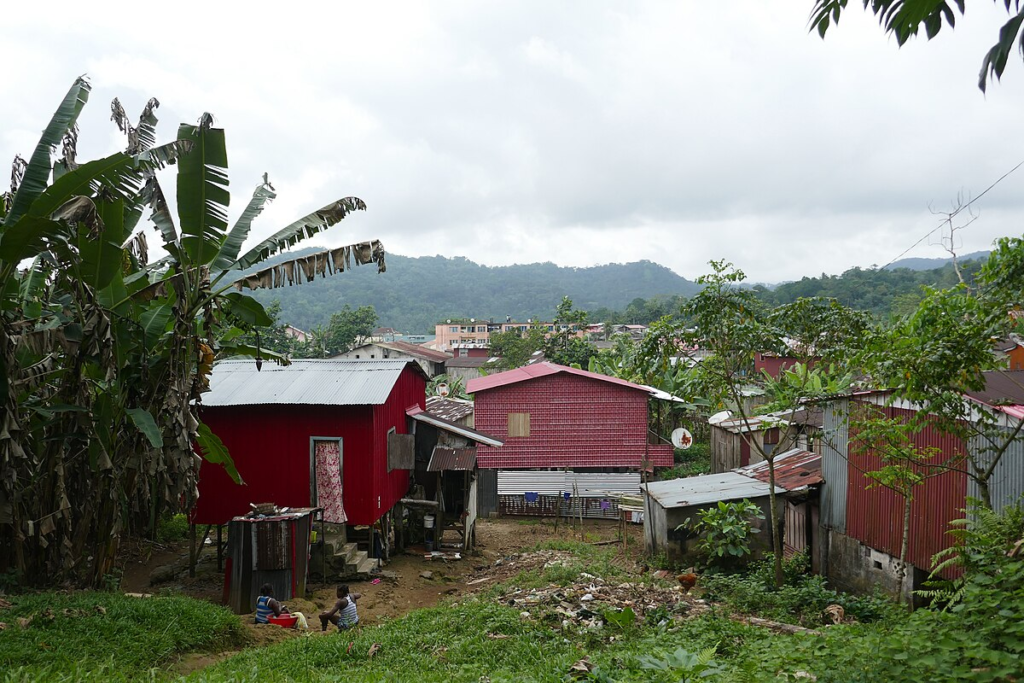
São João dos Angolares is a picturesque fishing village located on the southeastern coast of São Tomé Island. The village is known for its vibrant cultural scene, with local artists and musicians contributing to the lively atmosphere. Visitors can explore the village, visit art galleries, and enjoy traditional São Toméan cuisine at the famous Roça São João restaurant, which is set in a restored colonial plantation house.
10. Ilhéu das Rolas
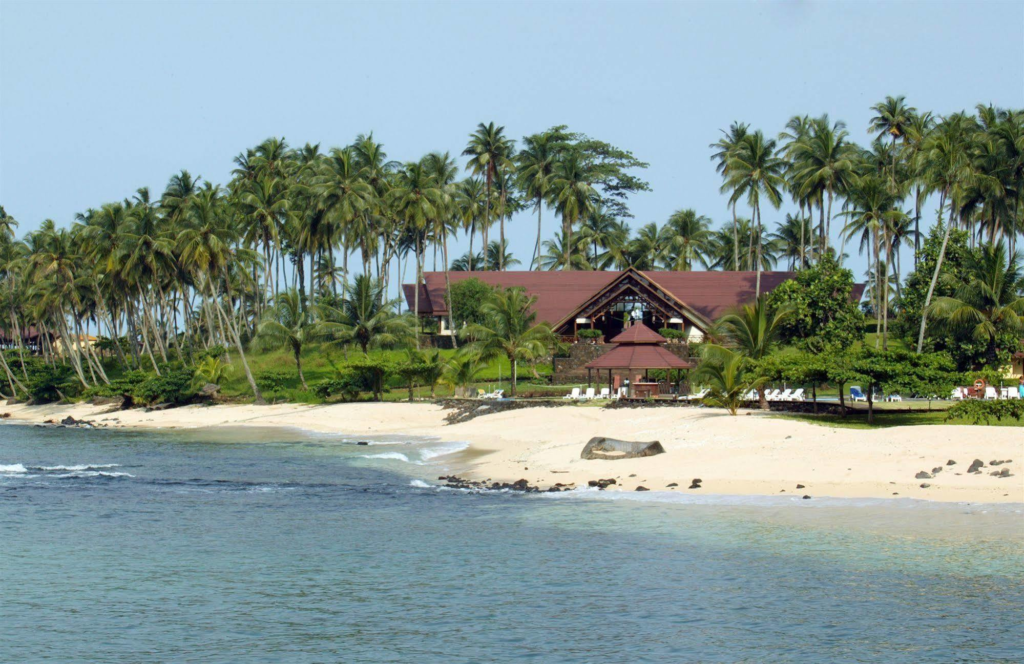
Ilhéu das Rolas, or Rolas Islet, is a small island located just off the southern coast of São Tomé Island. The islet is known for its equatorial marker, which indicates the exact location of the equator. Visitors can take a guided tour of the island, relax on its pristine beaches, and enjoy water sports such as snorkeling and diving. The island is also home to a small resort that offers accommodations and dining options.
Culture
The culture of São Tomé and Príncipe is a rich tapestry of African, Portuguese, and Creole influences. The population is predominantly of African descent, with a small percentage of mixed-race and European inhabitants. Portuguese is the official language, but Forro, a Portuguese-based Creole, is widely spoken by the local population.
Music and dance are integral to the culture of São Tomé and Príncipe, with traditional rhythms such as “Ússua” and “Dança Congo” being popular at celebrations and festivals. The islands are also known for “Tchiloli,” a unique theatrical performance that combines music, dance, and storytelling to depict historical and social themes.
São Toméan cuisine reflects the islands’ agricultural heritage, with dishes often featuring locally grown ingredients such as fish, seafood, bananas, and yams. “Calulu,” a fish or chicken stew cooked with vegetables and palm oil, is a traditional dish that is commonly enjoyed. “Blabla,” made from green bananas and fish, is another local favorite.
Festivals
São Tomé and Príncipe hosts several vibrant festivals that celebrate its culture, history, and natural beauty. One of the most important festivals is “Festa de São Tomé,” held annually on July 12th to commemorate the country’s independence. The festival features parades, music, dance performances, and cultural exhibitions, with festivities taking place across the islands.
Another significant event is “Festa de Santo António,” celebrated in June to honor Saint Anthony, the patron saint of São Tomé. The festival is marked by religious ceremonies, processions, and traditional music and dance performances. It is a time for the community to come together and celebrate their shared heritage.
The “Bienal de São Tomé” is a cultural event that showcases contemporary art from São Tomé and Príncipe and other Portuguese-speaking countries. The biennial event features exhibitions, workshops, and performances that highlight the creativity and talent of local and international artists.
Economy
São Tomé and Príncipe’s economy is primarily based on agriculture, with cocoa being the main export product. The islands were once one of the world’s largest producers of cocoa, and although production has declined, cocoa remains a key part of the economy. Coffee, palm oil, and coconuts are also important agricultural products.
In recent years, the government has focused on diversifying the economy by promoting
tourism and attracting foreign investment. The country’s natural beauty, rich biodiversity, and cultural heritage make it an attractive destination for eco-tourism and sustainable development initiatives. The discovery of offshore oil reserves has also sparked interest in the potential for oil exploration and production.
Top Eight Most Famous Food

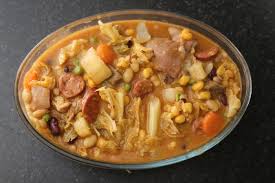
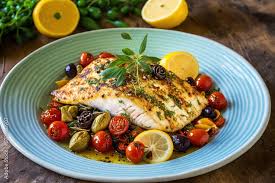

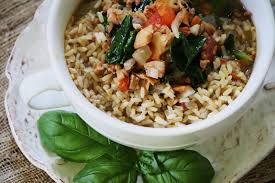
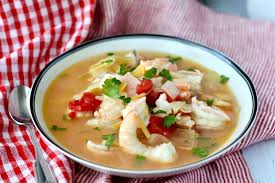
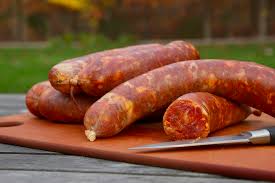
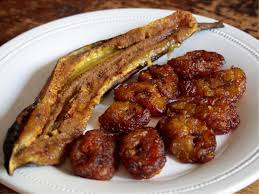
Interesting Facts
- São Tomé and Príncipe is the second smallest country in Africa by land area, after Seychelles.
- The islands are home to several endemic species of birds and plants, making them a biodiversity hotspot.
- São Tomé and Príncipe is known for its high-quality chocolate, made from the island’s rich cocoa beans.
- The equator passes through the southern part of São Tomé Island, with a marker on Ilhéu das Rolas indicating the exact location.
- The country’s name, São Tomé, means Saint Thomas in Portuguese, named after the apostle Thomas, and Príncipe means Prince.
- The islands were uninhabited before their discovery by Portuguese explorers in the 15th century.
- São Tomé and Príncipe is one of the most peaceful countries in Africa, with a stable political environment and low crime rates.
- The country has a high literacy rate, with education being a priority for the government.
- São Tomé and Príncipe is part of the Community of Portuguese Language Countries (CPLP), which promotes cooperation among Portuguese-speaking nations.
- The islands’ cuisine is influenced by African, Portuguese, and Creole traditions, with a focus on fresh, locally sourced ingredients.
Conclusion
São Tomé and Príncipe may be one of Africa’s smallest nations, but it is a treasure trove of natural beauty, cultural richness, and historical significance. From its stunning beaches and lush rainforests to its vibrant festivals and delicious cuisine, the islands offer a unique and unforgettable experience for travelers. Whether exploring the colonial architecture of São Tomé City, hiking through Obo National Park, or relaxing on the pristine shores of Príncipe, visitors to São Tomé and Príncipe will be captivated by the charm and allure of this hidden paradise.
let’s enjoy few years on earth with peace and happiness….✍🏼🙏

